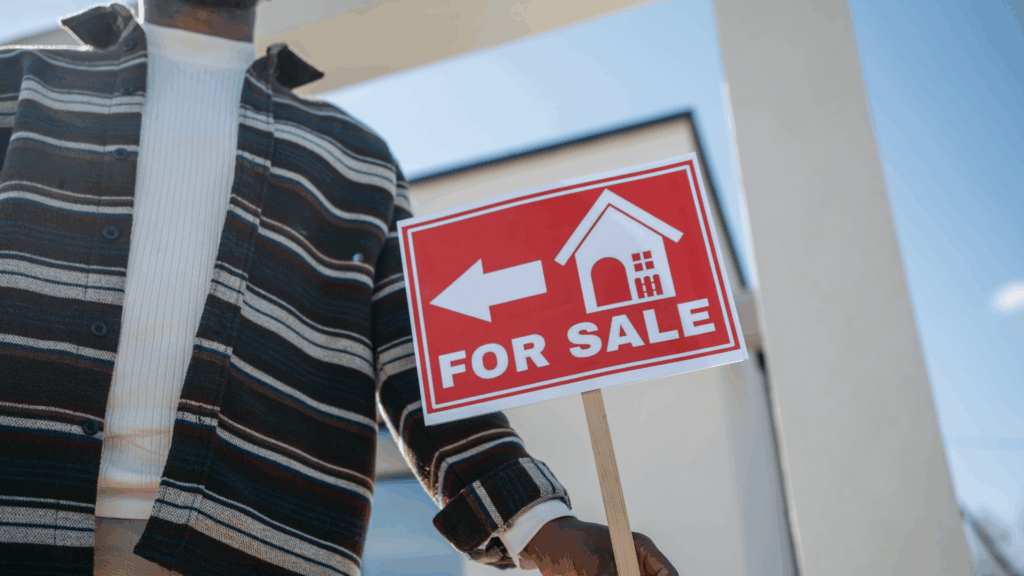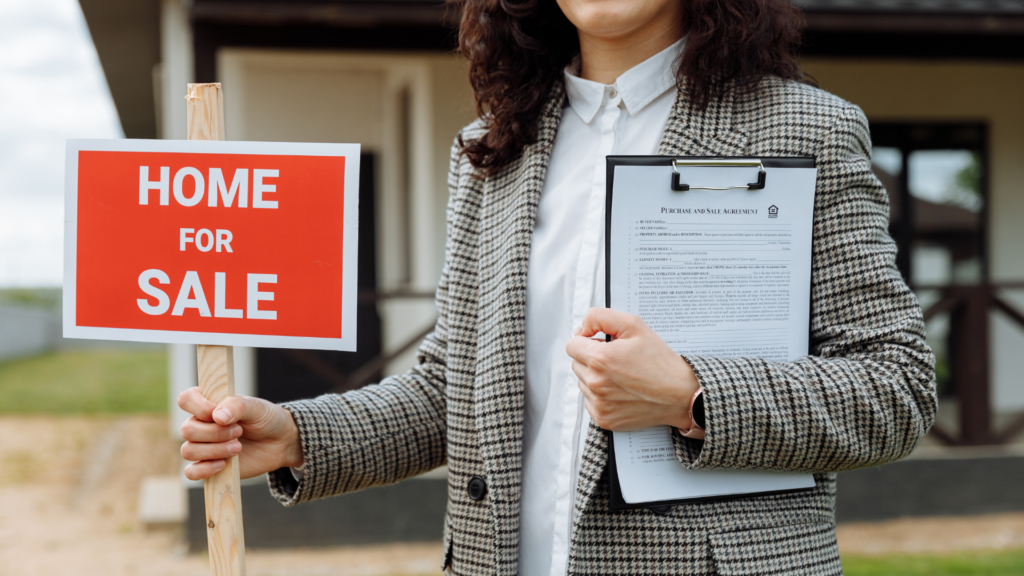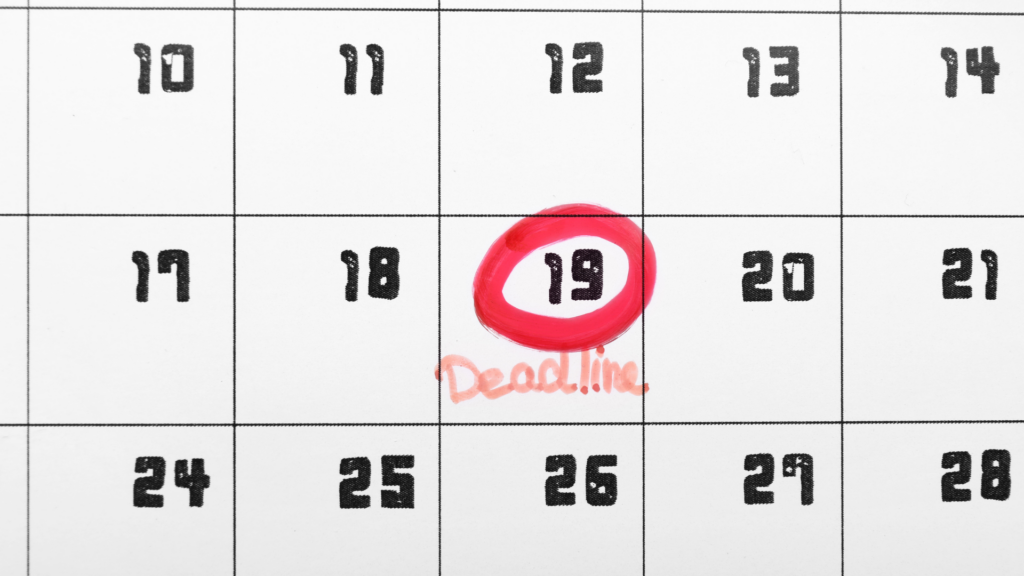- What Is an SA302 Form?
- Why Mortgage Lenders Need Your SA302 Form
- What Information Does an SA302 Contain?
- What Information Do I Need When Requesting an SA302?
- How Can You Get Your SA302?
- How to Ensure Accuracy in Your SA302?
- What Should You Do If There Are Discrepancies?
- Why Timing Is Crucial When Requesting an SA302
- Can Lenders Request Additional Information?
- The Bottom Line
What Does An SA302 Look Like?
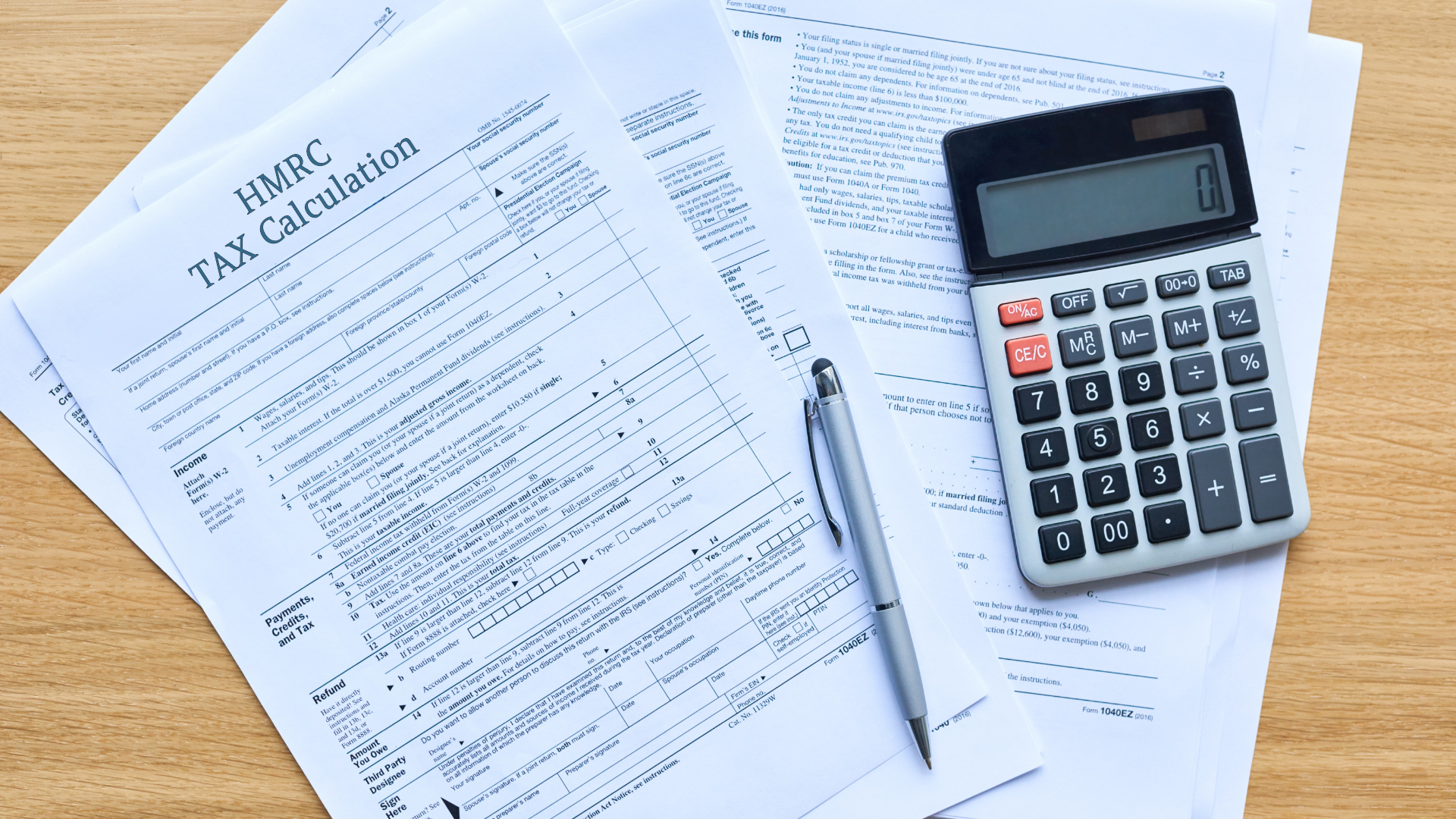
Being self-employed or juggling multiple incomes can make proving your income tricky, particularly for mortgages.
One important document in this process is the SA302. But what exactly is an SA302, and what does it look like?
Let’s break down the SA302 so you can confidently provide it to lenders in the future.
What Is an SA302 Form?
An SA302 form, also known as a tax calculation form, is a document HMRC issues (HM Revenue & Customs, the UK tax authority) that summarises your tax return.
It includes details about your total income, tax paid, and National Insurance contributions.
Mortgage lenders ask for this to prove you can afford the repayments on a mortgage you’re applying for.
It’s mainly used by self-employed people, but anyone with extra income on top of their regular salary might need one too.
Why Mortgage Lenders Need Your SA302 Form
Mortgage lenders have to make sure you can afford the monthly payments. This can be trickier for self-employed applicants, as their income might vary.
That’s why they ask for your SA302 form. It helps them check if your income matches what you said on your application.
An SA302 form is basically a snapshot of your income for a few years.
If it shows a steady income for several years, that proves you’re financially stable. This makes it more likely you’ll get your mortgage approved.
Lenders often ask for SA302s from the last 4 years to get the full picture. This way, they can be sure you meet their affordability rules.
Using the SA302 form means lenders can see your income clearly, without needing extra paperwork like bank statements or accountant letters. It makes the whole mortgage application process simpler and clearer for everyone.
What Information Does an SA302 Contain?
An SA302 form contains two main sections – the Tax Calculation and the Tax Year Overview.
Tax Calculation – This segment breaks down your total income and tax calculations for the year. It would include:
- Employment income (If any PAYE jobs)
- Self-employment income
- Any other taxable income streams (Rental income, investments etc.)
- Totals for income, tax deductions, national insurance etc.
- Final tax liability figure for the year
Tax Year Overview – This part confirms the status of your tax payments vs the calculated liability. It shows:
- Tax liability for the year (Matching Tax Calculation)
- Payments already made towards this liability
- Any overdue tax still to be paid
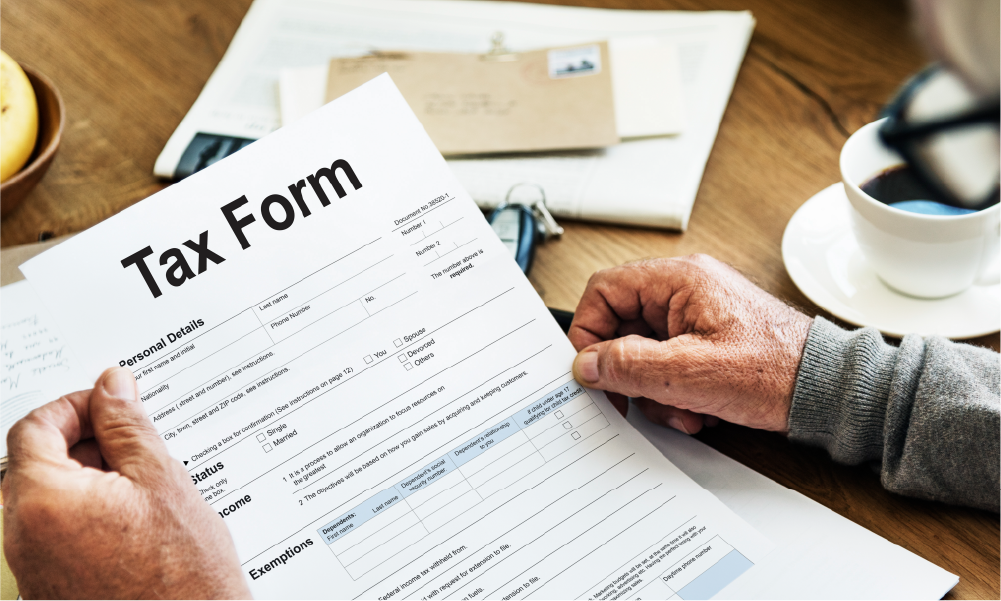
What Information Do I Need When Requesting an SA302?
To get your hands on an SA302 form example for mortgage purposes, you’ll need to request it from HMRC specifying:
- The full tax year(s) required (e.g. 2020/2021)
- Your unique tax reference (UTR) number
- Your national insurance number
How Can You Get Your SA302?
HMRC doesn’t automatically send SA302 forms anymore, so you’ll need to request one. Here’s how:
- Download it online. This is the fastest and easiest way. Just log in to your HMRC online self-assessment account, go to “more self-assessment details,” and choose “get your SA302 tax calculation.” You can get SA302s for the last four years if you’ve been self-employed and filed tax returns.
- Phone HMRC. You can also call them to request the form, but it might take 2 weeks to arrive by post.
- Ask your accountant. If you have an accountant, they can produce a summary of your annual earnings using their commercial accounting software. The accountant must certify this summary for it to be accepted by potential lenders.
How to Ensure Accuracy in Your SA302?
Before submitting your SA302 to a lender, it’s crucial to check the details for any discrepancies. The figures in the tax calculation and tax year overview should match.
If you spot any inconsistencies, address them with your accountant or directly with HMRC to avoid delays in your mortgage application.
What Should You Do If There Are Discrepancies?
If you find mistakes in your SA302 form, don’t panic. Here’s what you should do:
- Contact Your Accountant. If you have an accountant, inform them of the discrepancies. They can help you reconcile the figures and ensure everything is accurate.
- Reach Out to HMRC. If you don’t have an accountant, contact HMRC directly. They can assist you in resolving any issues with your tax calculation and tax year overview.
Why Timing Is Crucial When Requesting an SA302
Timing is essential when requesting your SA302 form, especially in relation to your mortgage application.
Ensure the document contains the relevant financial year’s figures as required by your lender.
Lenders typically require SA302 forms dated within 18 months of your application and may ask for up to four years’ worth of documents.
Can Lenders Request Additional Information?
Yes, some lenders might request additional documentation to verify your income. Here’s a rundown list of other documents mortgage lenders might ask for aside from the SA302:
- Business bank account statements
- Accounts summary from your accountant
- Copies of your self-assessment tax returns
- Payslips and P60s (for those with salary income)
- Personal Bank Statements
- Dividends Vouchers
- Profit and Loss Statements
- Contracts or Client Invoices
It’s always a good idea to clarify the specific requirements with your lender before submitting your application.
The Bottom Line
An SA302 form is essential if you’re self-employed or have extra income sources on top of your regular job and want to apply for a mortgage. It shows lenders exactly how much you earn and what tax you owe, which helps them see if you’re financially stable.
Knowing what an SA302 looks like and how to get one can make applying for a mortgage much smoother and avoid any hold-ups.
Need more help? Talk to a mortgage broker. They can check you have all the documents you need and find the best mortgage deal for you.
Get in touch with us, and we’ll connect you with a qualified mortgage broker.
Get Matched With Your Dream Mortgage Advisor...

Frequently asked questions
How long does it take to get a SA302?
It typically takes up to 14 days to receive your SA302 form after requesting it from HM Revenue & Customs (HMRC). You can request the SA302 form online through your HMRC online account or by contacting HMRC directly.
For online requests, the form is often available to download immediately, but if you opt to receive it by post, it may take longer depending on postal service times.

